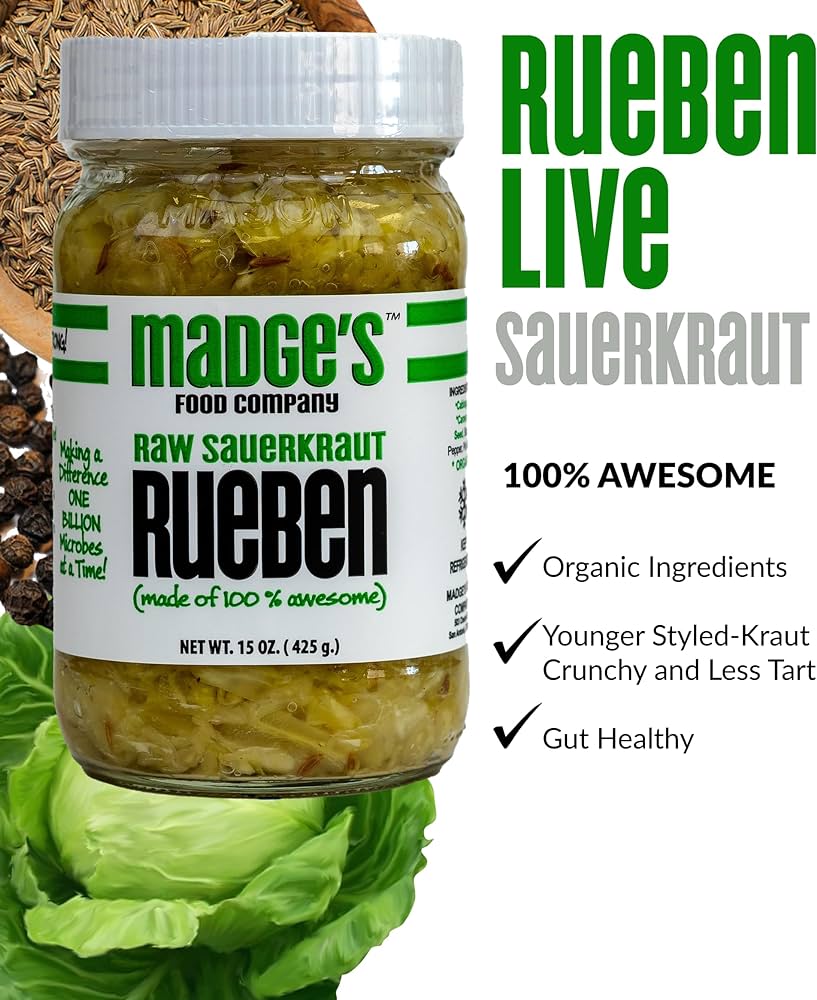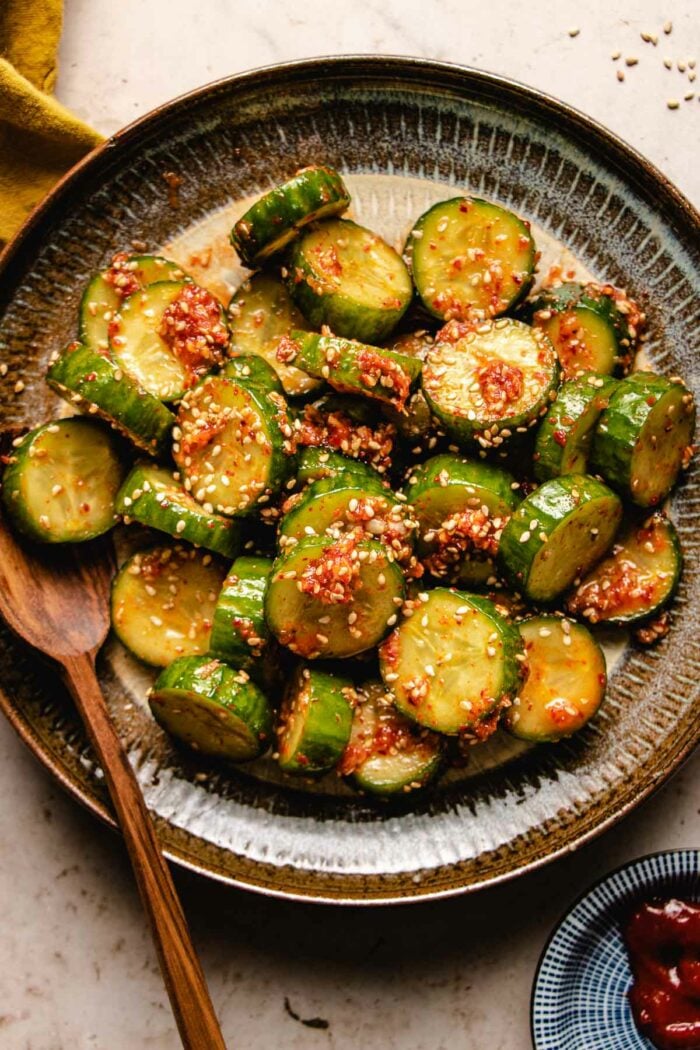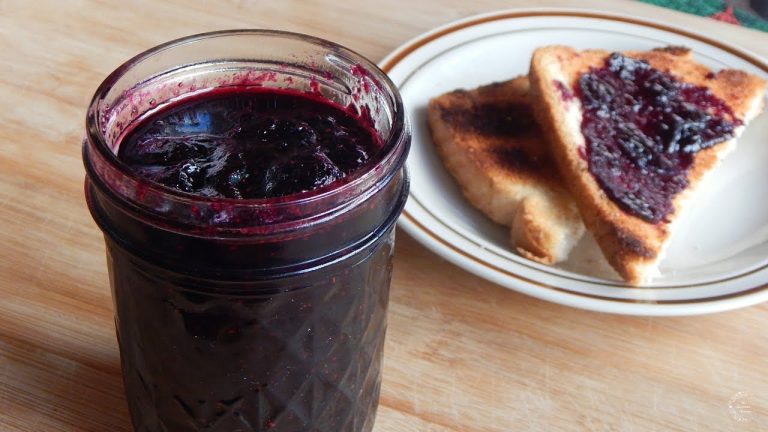Bavarian Sauerkraut: The Rich History, Health Benefits, and Unique Flavor
Bavarian sauerkraut has roots tracing back over 2,000 years to ancient China. Chinese laborers building the Great Wall fermented cabbage in rice wine. The method reached Europe through Mongol invasions. Germans adopted fermentation for cabbage preservation, adding localized flavors. Bavarians introduced spices like caraway seeds and juniper berries, and sometimes bacon, making their version distinct.
Cultural Significance in Bavaria
In Bavaria, sauerkraut holds cultural pride. It’s a staple in traditional meals, often paired with sausages, pork, or dumplings. Family recipes pass down through generations, maintaining Bavarian culinary heritage. During Oktoberfest, sauerkraut accompanies various hearty dishes, showcasing the region’s rich food traditions. Bavarians view sauerkraut as comfort food and a health-boosting dish, reflecting local values and lifestyle.
How Bavarian Sauerkraut Is Made
Ingredients Used
Bavarian sauerkraut uses simple ingredients to create its distinct flavor. Essential components include cabbage, salt, and caraway seeds. Cabbage is the main vegetable, while salt aids in fermentation by drawing out water and preventing harmful bacteria. Caraway seeds add a unique taste characteristic of Bavarian sauerkraut. Some recipes incorporate juniper berries, cloves, or bay leaves to enhance the flavor profile.
Traditional Preparation Methods
Traditional methods for preparing Bavarian sauerkraut emphasize fermentation. Begin by shredding the cabbage into thin strips. Place shredded cabbage in a large bowl, then sprinkle with salt. Massage the cabbage to release water, creating a brine. Add caraway seeds and other spices if your recipe includes them.
Pack the cabbage tightly into a fermentation crock, ensuring it’s submerged in brine to prevent exposure to air. Cover the crock with a cloth or a lid designed for fermentation, then store it in a cool, dark place. Fermentation varies from one to four weeks, depending on the desired tanginess.
Monitor the sauerkraut during this period, occasionally skimming any scum forming on the surface. Once fermentation reaches the preferred taste, transfer the sauerkraut to jars and refrigerate to halt further fermentation.
Health Benefits of Bavarian Sauerkraut
Nutritional Content
Bavarian sauerkraut provides substantial nutritional benefits. One cup (142 grams) delivers just 27 calories, making it a low-calorie addition to your diet. It contains high levels of dietary fiber, supporting digestive health. It’s also a good source of vitamin C—essential for immune function and skin health. Sauerkraut offers significant levels of vitamin K2, important for bone health and cardiovascular function. Additionally, you’ll find notable amounts of potassium, calcium, and magnesium, which are vital for various bodily functions.
Probiotics and Digestion
During fermentation, lactic acid bacteria thrive in Bavarian sauerkraut, producing probiotics. These beneficial bacteria enhance gut health by balancing intestinal flora. Consuming sauerkraut regularly can improve digestion and reduce symptoms of bloating and constipation. Probiotics aid in nutrient absorption, ensuring you get the most out of your diet. They also play a role in strengthening the immune system, offering better protection against infections. Fermented foods, like sauerkraut, can even contribute to better mental health due to the gut-brain axis.
Comparing Bavarian Sauerkraut to Other Varieties
Taste Differences
Bavarian sauerkraut stands out with its distinct sweet and mild flavor. The addition of caraway seeds and juniper berries gives it a unique taste that sets it apart from other types. In contrast, Alsatian sauerkraut often has a tangier profile because it includes white wine during fermentation. Polish sauerkraut usually has a more robust and sour taste due to a longer fermentation period and the use of brine alone.
Preparation Variations
The preparation methods for Bavarian sauerkraut differ notably from other varieties. Bavarian sauerkraut typically includes caraway seeds, juniper berries, and sometimes cloves. It uses a balance of salt and spices to achieve its characteristic flavor. On the other hand, Korean kimchi, a cousin to sauerkraut, includes chili peppers, garlic, and ginger, resulting in a spicy and pungent dish. Alsatian sauerkraut incorporates white wine and often goose fat, contributing to a richer taste. Polish sauerkraut tends to be simpler, using just cabbage and salt, emphasizing a traditional brining technique.
Conclusion
Embracing Bavarian sauerkraut in your culinary repertoire not only enriches your meals with a unique flavor but also offers numerous health benefits. Its sweet and mild taste, enhanced by caraway seeds and juniper berries, sets it apart from other varieties. Whether you’re pairing it with traditional Bavarian dishes or experimenting with new recipes, you’re sure to appreciate its versatility and nutritional advantages. Dive into the rich traditions and savor the distinctive qualities of Bavarian sauerkraut, making it a staple in your kitchen.






